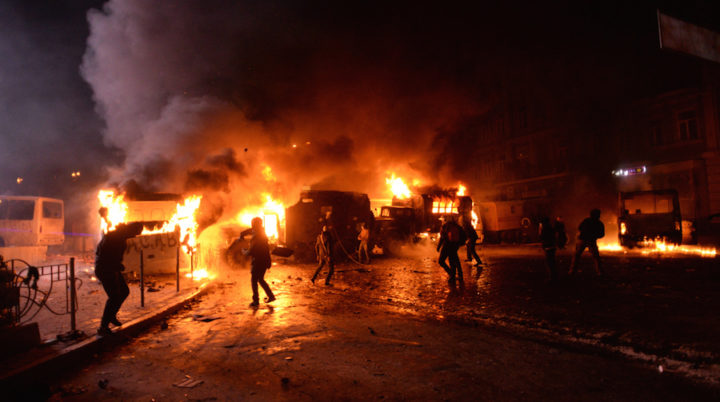Over the last century, terrorism seems to have become a widespread issue in the world. News of violence is frequently talked about in the media, and it seems as though these actions are becoming more prominent and widespread. Is this because it is occurring more and more frequently, or are there other factors at play?
By Rebecca Diers – SUNY Cortland
When people think of terrorism, many think of instances such as 9/11, where 3,000 people were killed. That attack was so extreme and significant, that one may assume that it is the same for all terrorist attacks. With this thought in mind, it is easy to believe that terrorist attacks are more fatal than other causes of death, such as from car accidents. According to Our World in Data though, only .05% of deaths in 2017 were a result of terrorism.
Many misconceptions about terrorism comes from the media. Even though deaths from other causes happen much more frequently, violent deaths such as that from terrorism tend to get about two-thirds of coverage in the media. This causes people to believe that terrorist attacks are happening very frequently. Adding this to our perceptions of the extremity of terrorist attacks causes these misconceptions to develop, since people trust what they see in the media instead of doing their own research.
Because of these misconceptions, is it a fair and effective solution to fight violence with violence? If the goal is to have a peaceful world, wouldn’t this just create an endless cycle of violence? If country A attacked country B, and country B went and attacked country A in retaliation, it wouldn’t be surprising if country A went and attacked country B again. This would just keep happening over and over until one country surrenders or until some agreement is made between the two countries. No country should get away with terrorism and attacking innocent civilians, but there must be some other resolution to the problem.
It’s hard to imagine anyone willing to be peaceful with terrorists. Because of this, the best alternative to fighting violence with violence is prevention and education. According to the Center for Strategic and International Studies, terrorists have become more proficient at using social media to target recruits and globally expand their reach. Because of this, terrorists will most likely begin to be able to avoid law enforcement by recruiting national citizens or green card holders through social media in order to conduct attacks. To avoid this, it is imperative that those closest to potential terrorists and recruits—such as parents, teachers, peers, religious leaders, etc.—are taught to detect any potential risks to public safety and to be able to deter the individuals(s) from committing any dangerous acts to society.
Another solution for prevention would be to introduce programs and other opportunities for at-risk individuals to contribute to society in positive ways. Many individuals end up being recruited because they aspire to gain power and prestige. Presenting them with alternatives to this can prevent attacks from occurring since there would be less people willing to carry out the act.
These acts of education and prevention have a likely possibility of being able to avert terrorism from occurring in the future. If these solutions are implemented and show success, terrorism may one day be completely eliminated from society. If violence continues to be used to fight it, there may be an endless cycle of brutality that will never be stopped. Until solutions are in full-effect, people need to continue to educate themselves to prevent the development of any misconception about terrorism.
Rebecca Diers is interning with Pressenza as a part of her Professional Writing major at SUNY Cortland. Her other major in Anthropology fuels her passion for understanding different cultures and making connections with people. She uses writing as a way to make sense of the world, and to inspire a sense of humanity in her audience.






